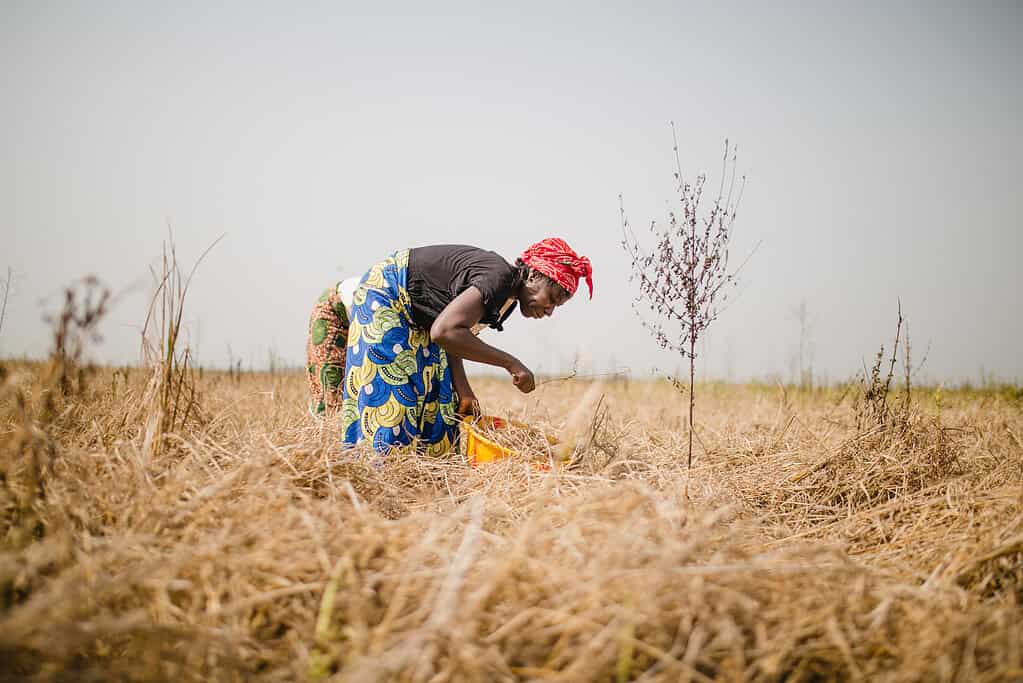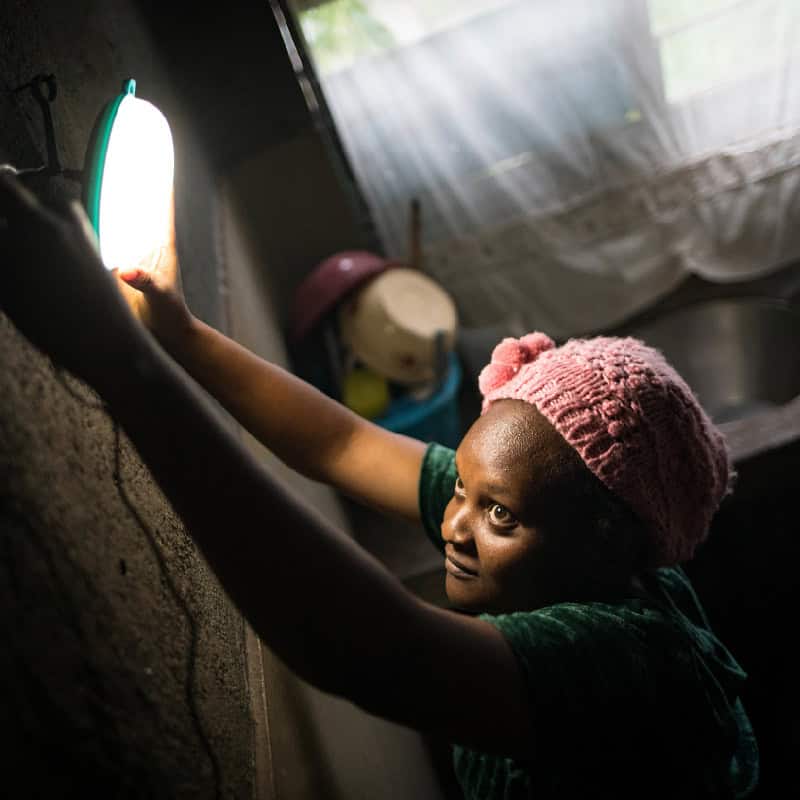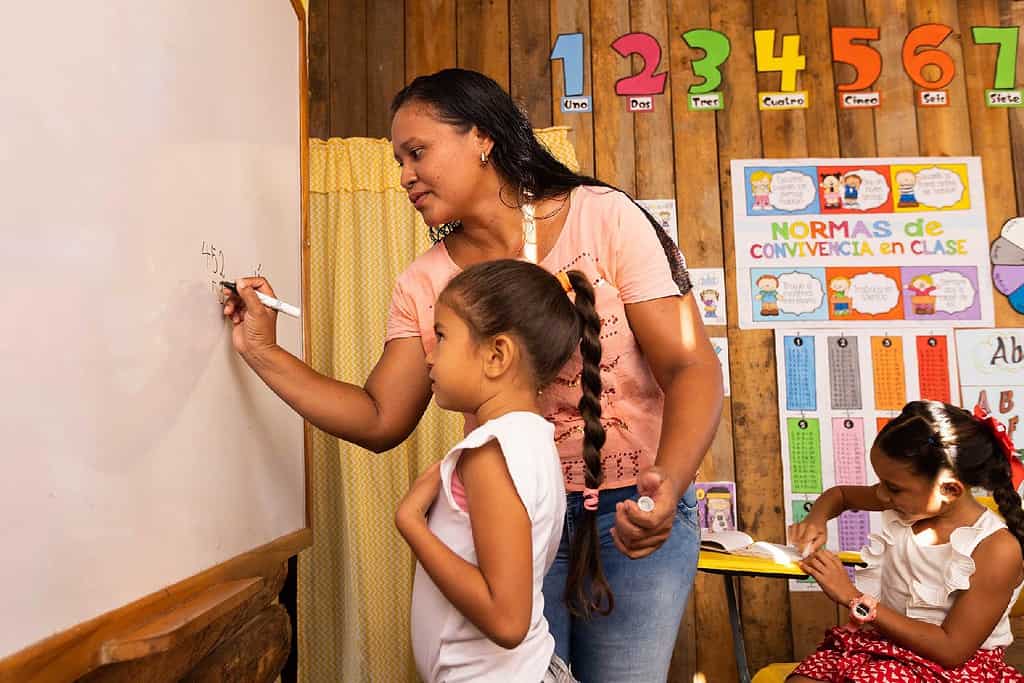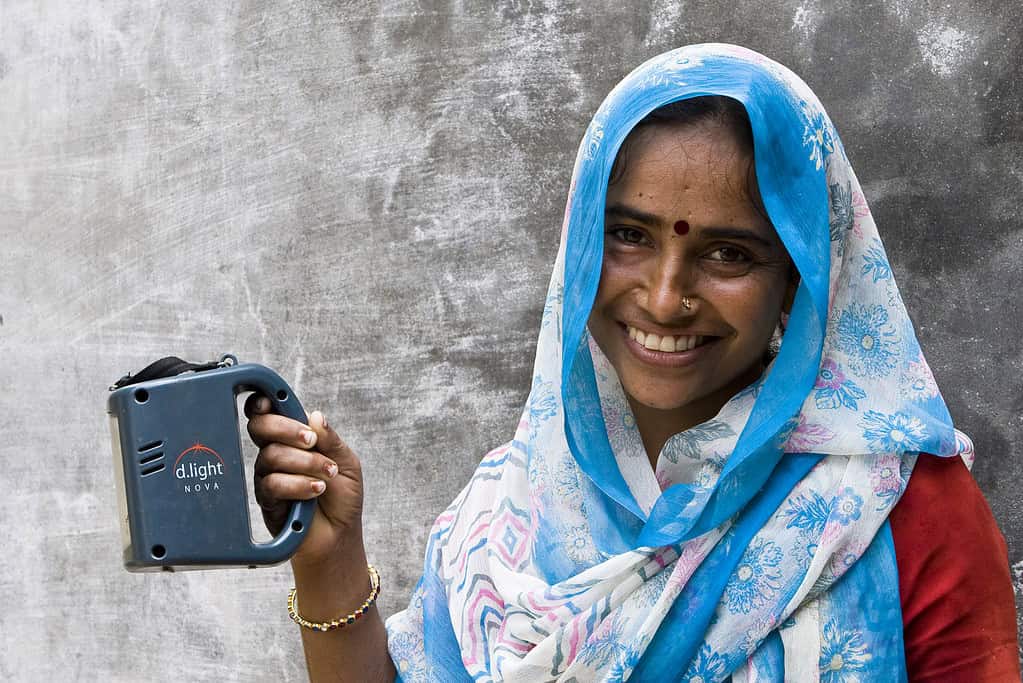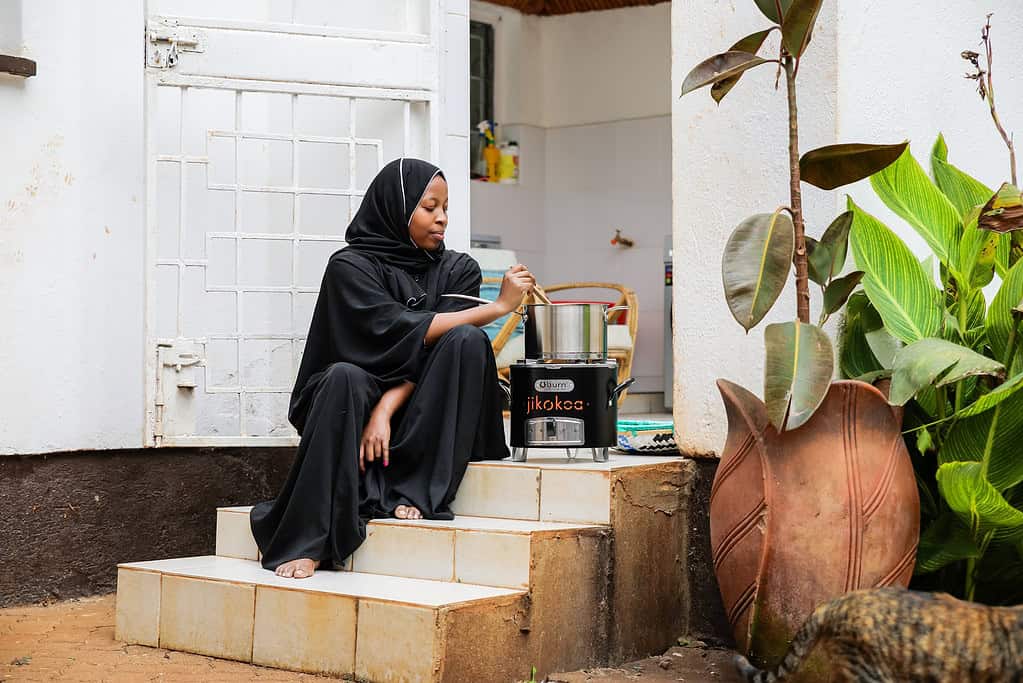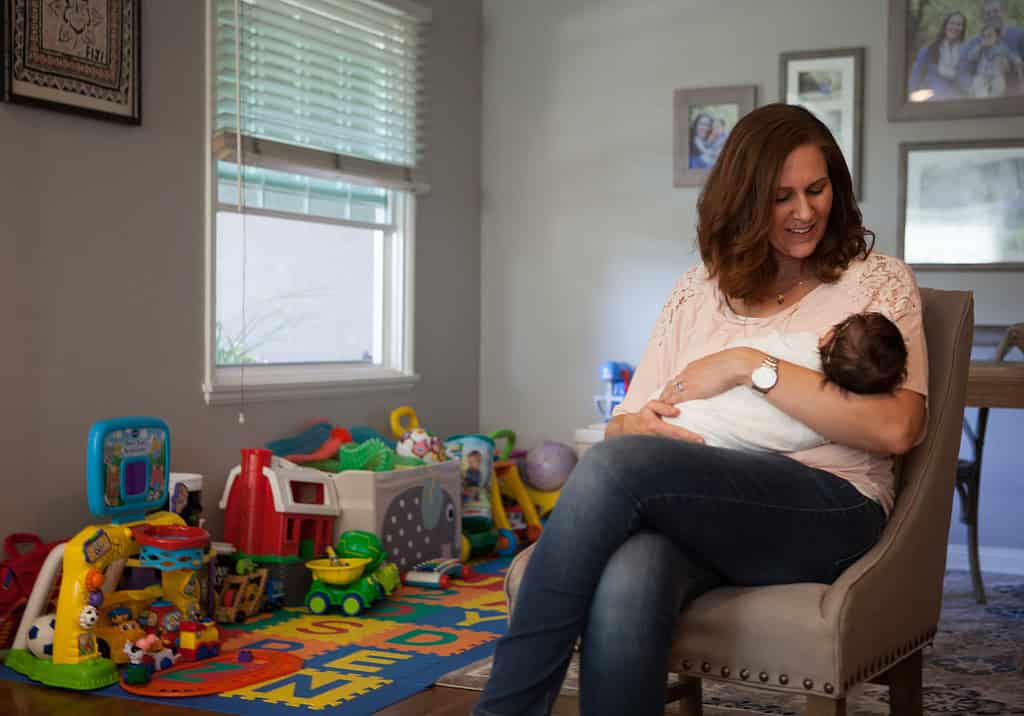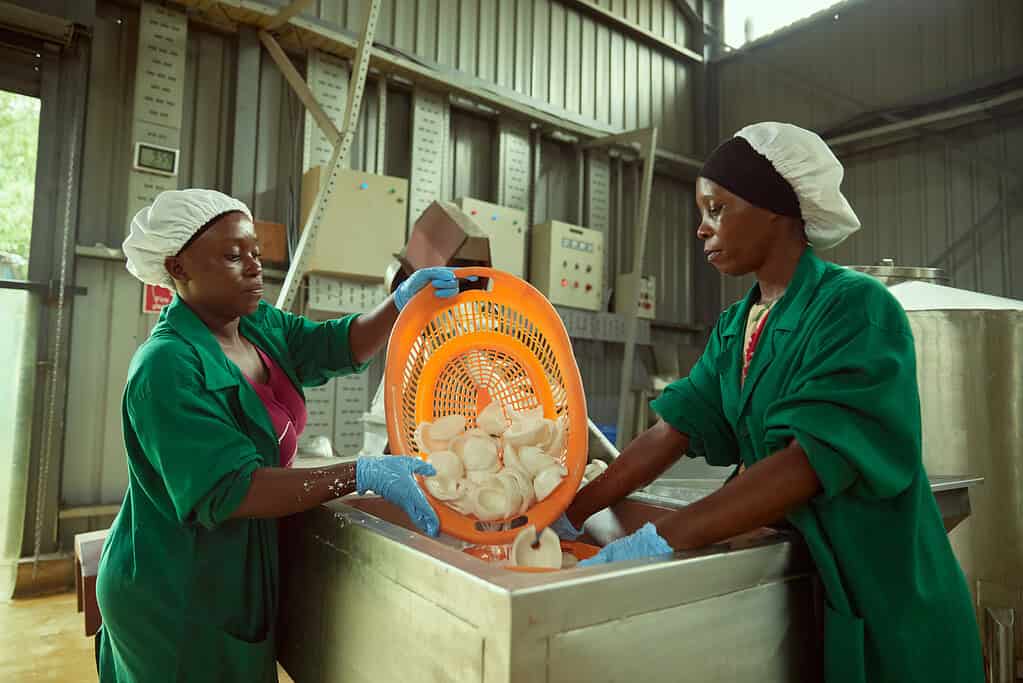Gender equality

We harness entrepreneurship to uplift women and girls so they can lead dignified lives.
Our impact
Poverty is not gender-neutral.
51% of people living in poverty today are women and girls. We know we can create economic value and far-reaching impact when women are centered as key stakeholders. That’s why, in every aspect of our work we aim to listen, support, and champion women as innovators and problem-solvers.
Our ambition is to reach and invest in more female founders. In 2023 and 2024 we hosted a Gender Affinity & Advancement Accelerator for East and West Africa.
We support portfolio companies with gender-smart technical assistance and specialized impact measurement tools to help them leverage the benefits of investing in women as employees and workers across their supply chain.
We invest in companies providing access to agricultural services, clean energy products, and quality education that help women increase their income and take care of their families.


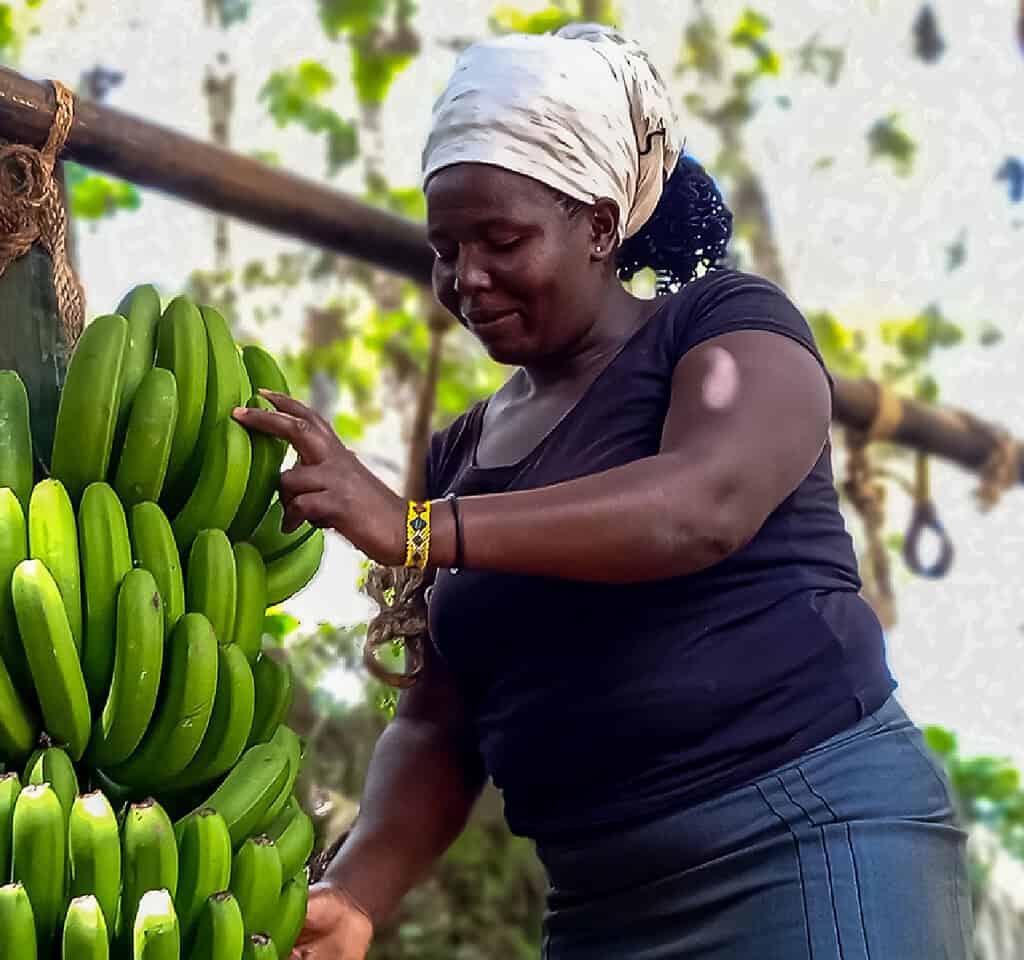
Making markets work for women and girls
Gender lens investing reveals actionable insights that help improve the lives of women and girls across key investment sectors.
Partnering for impact
Creating change at scale stems from the power of community. We achieve more when we work together.

Where action meets insight
Still curious? Explore our blog.
More about Acumen
Support our work
Our donor community makes possible our unique approach to solving problems that break the cycle of poverty.
Partner for impact
We partner with foundations, governments, and corporations to generate insights, create influence, and scale change.
Grow your business
We invest in intrepid entrepreneurs and early stage innovators tackling the problems of poverty.

